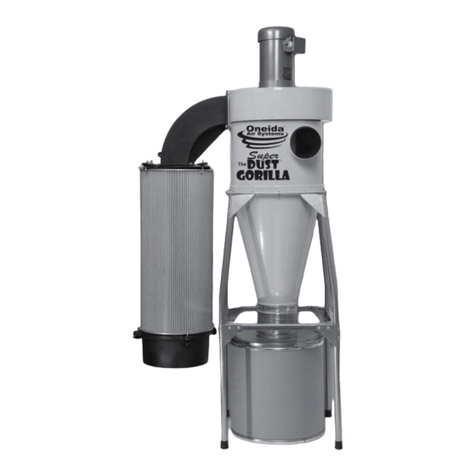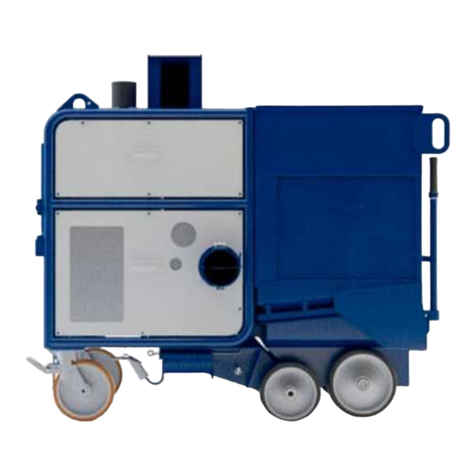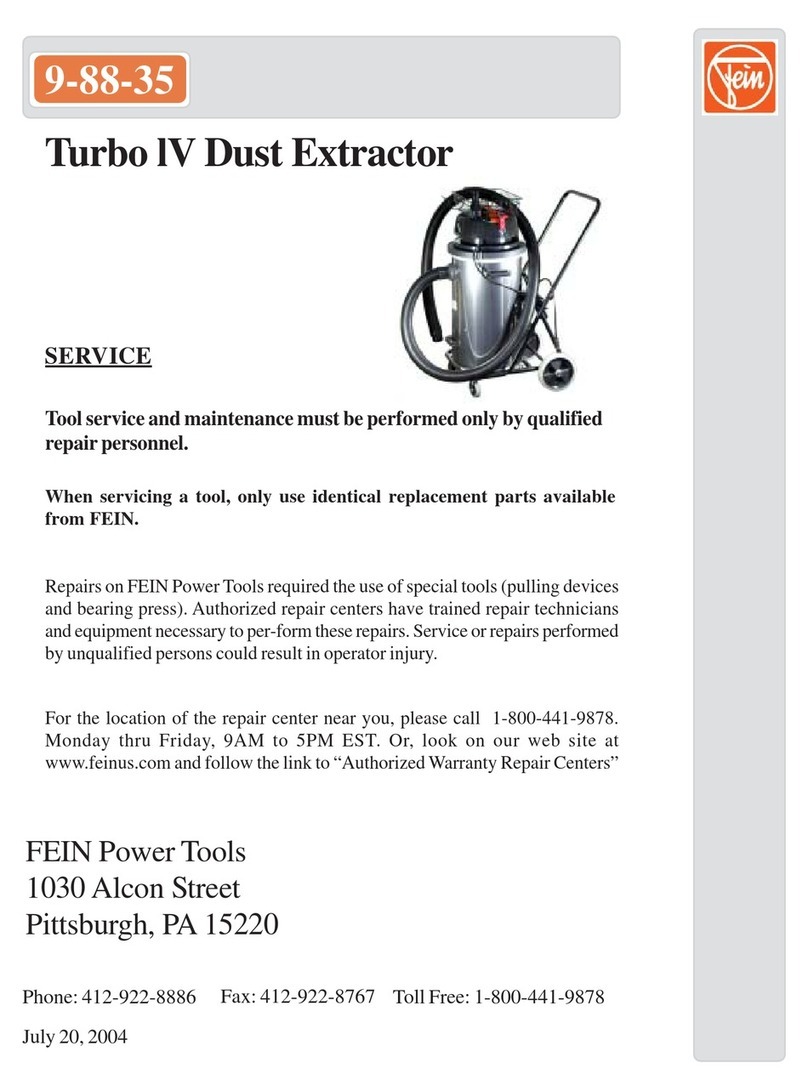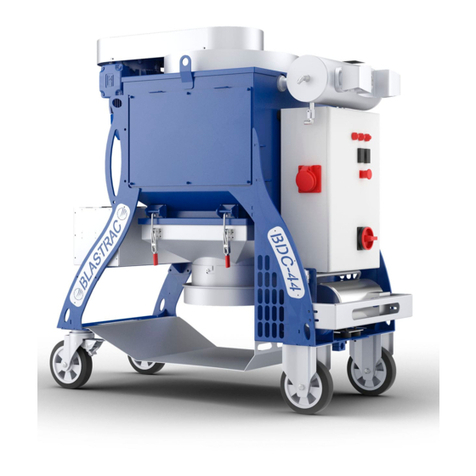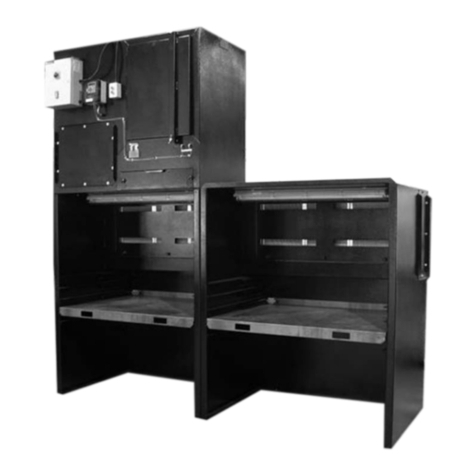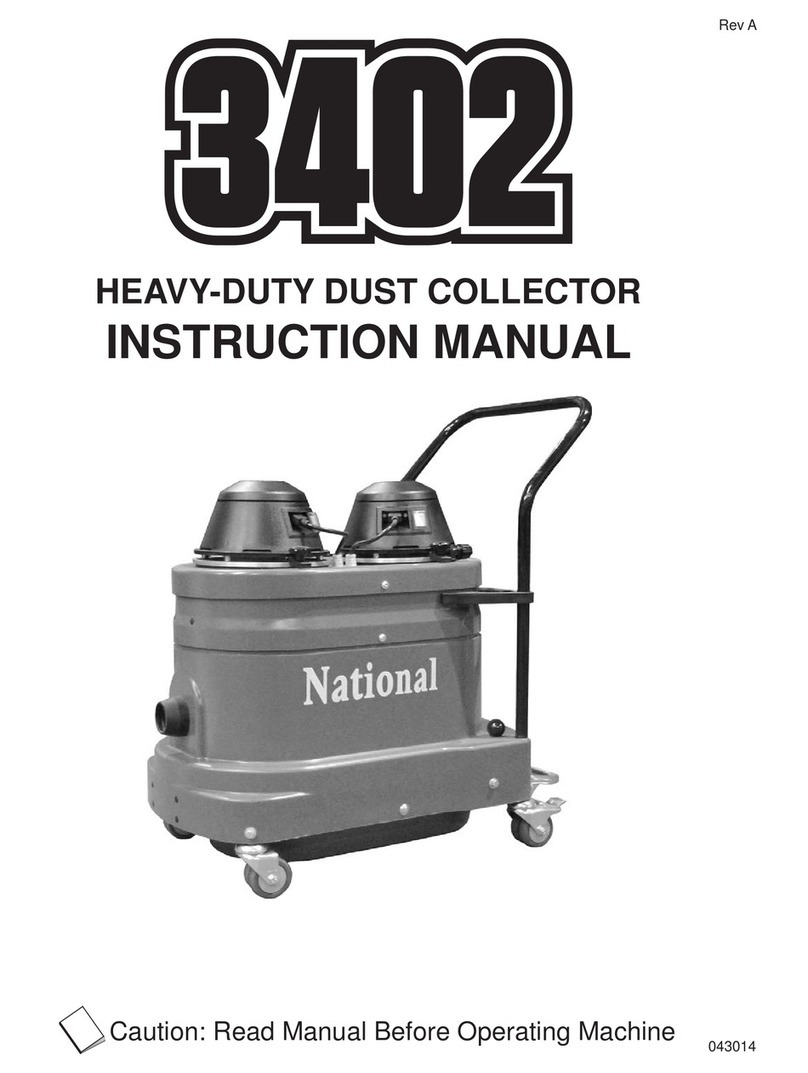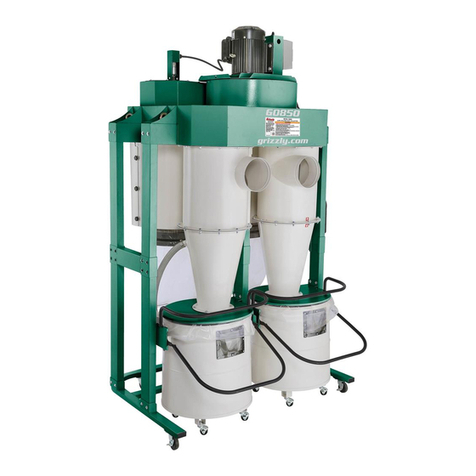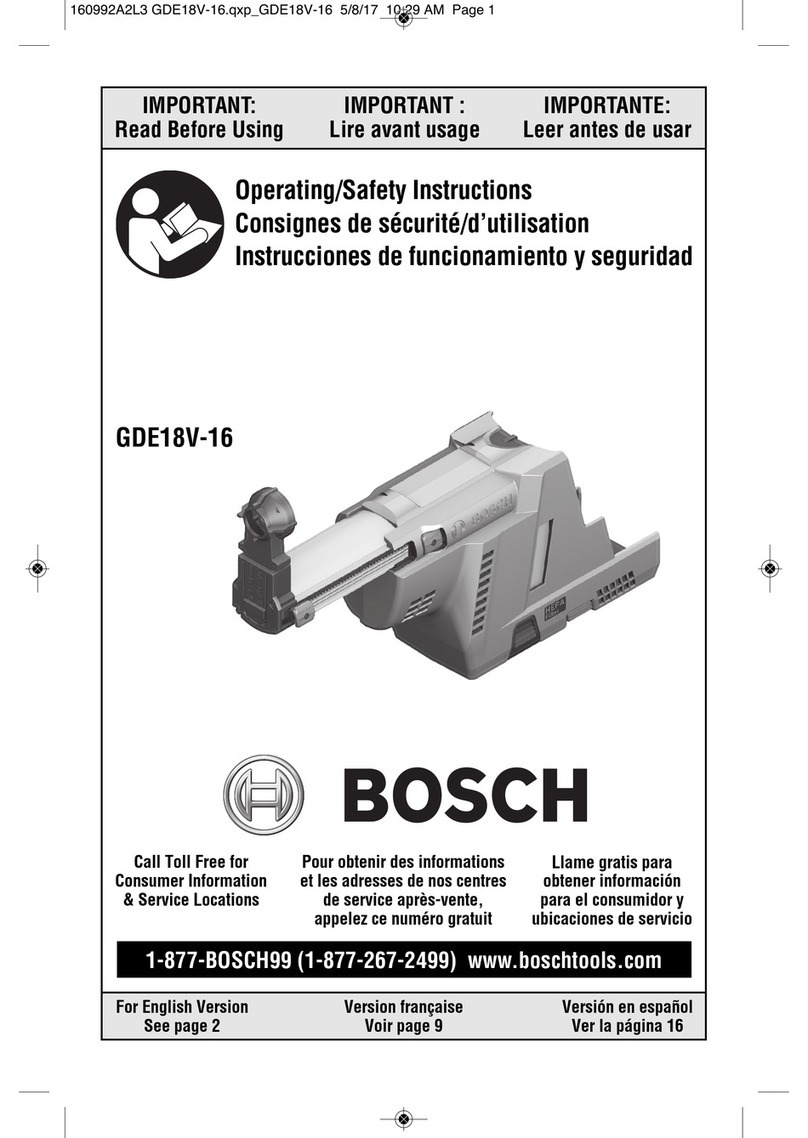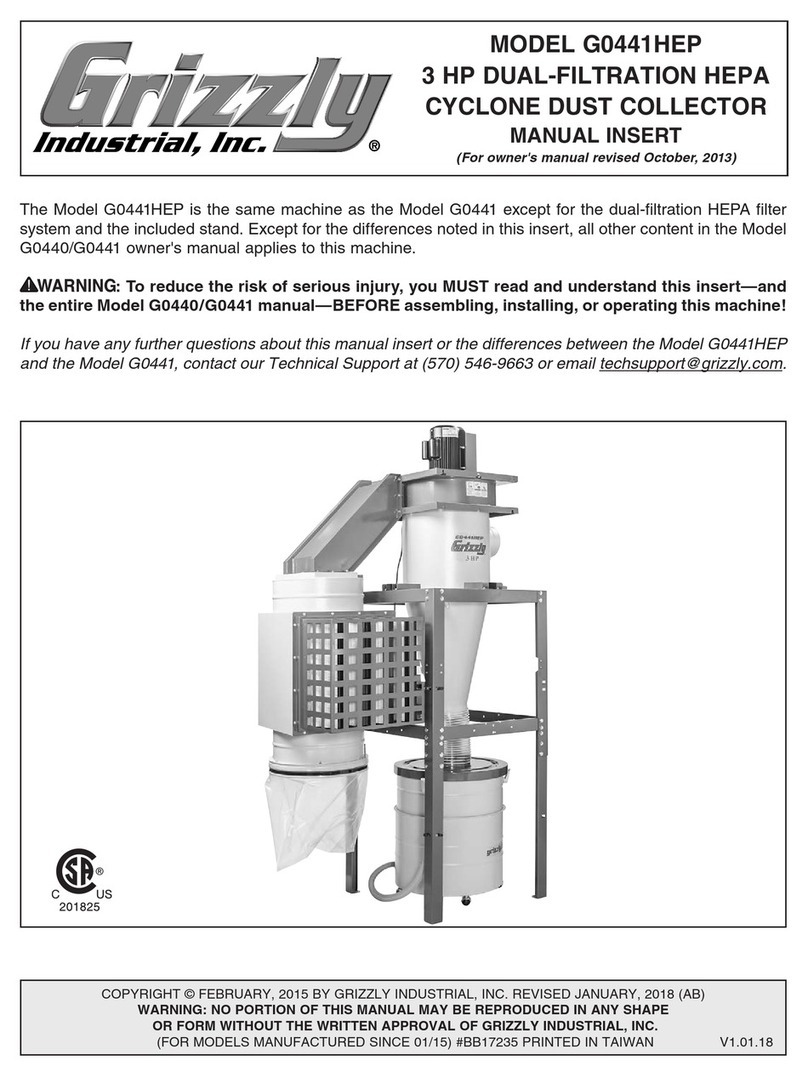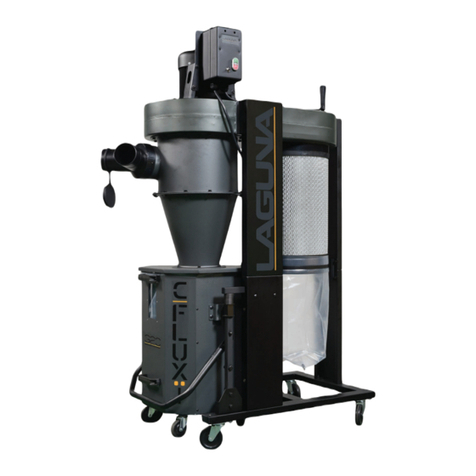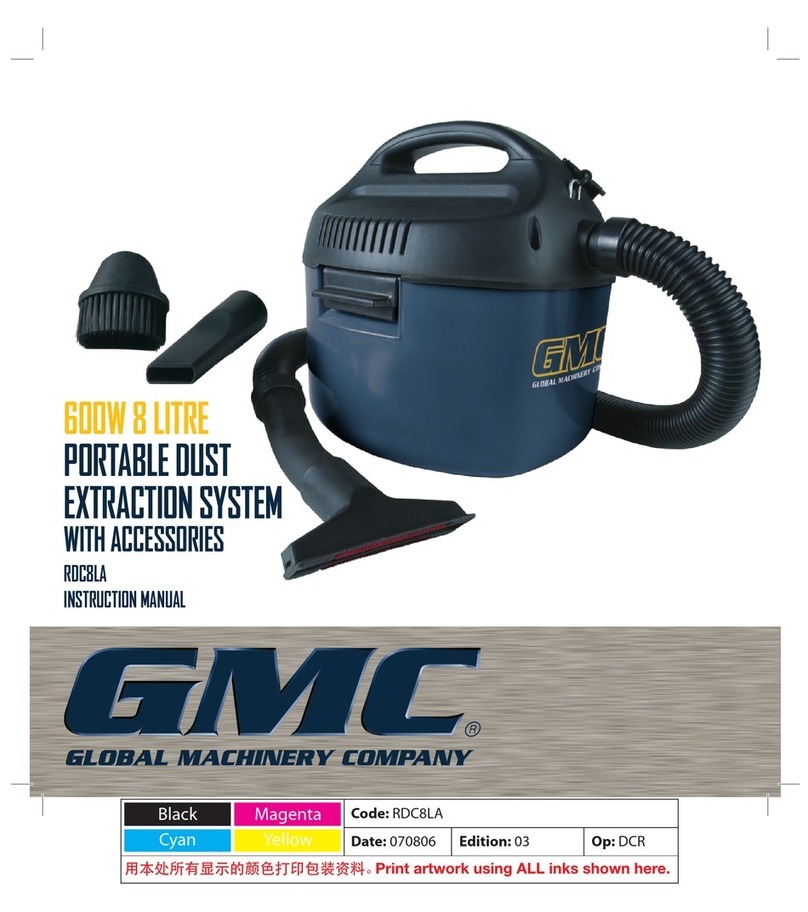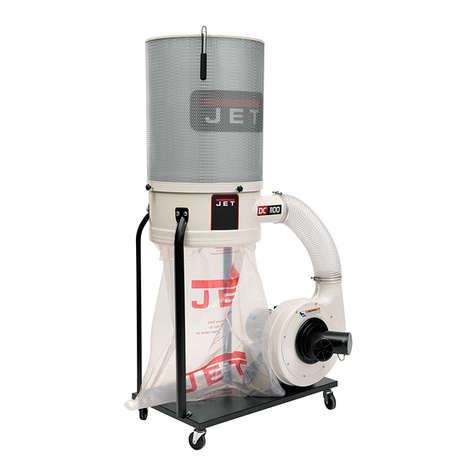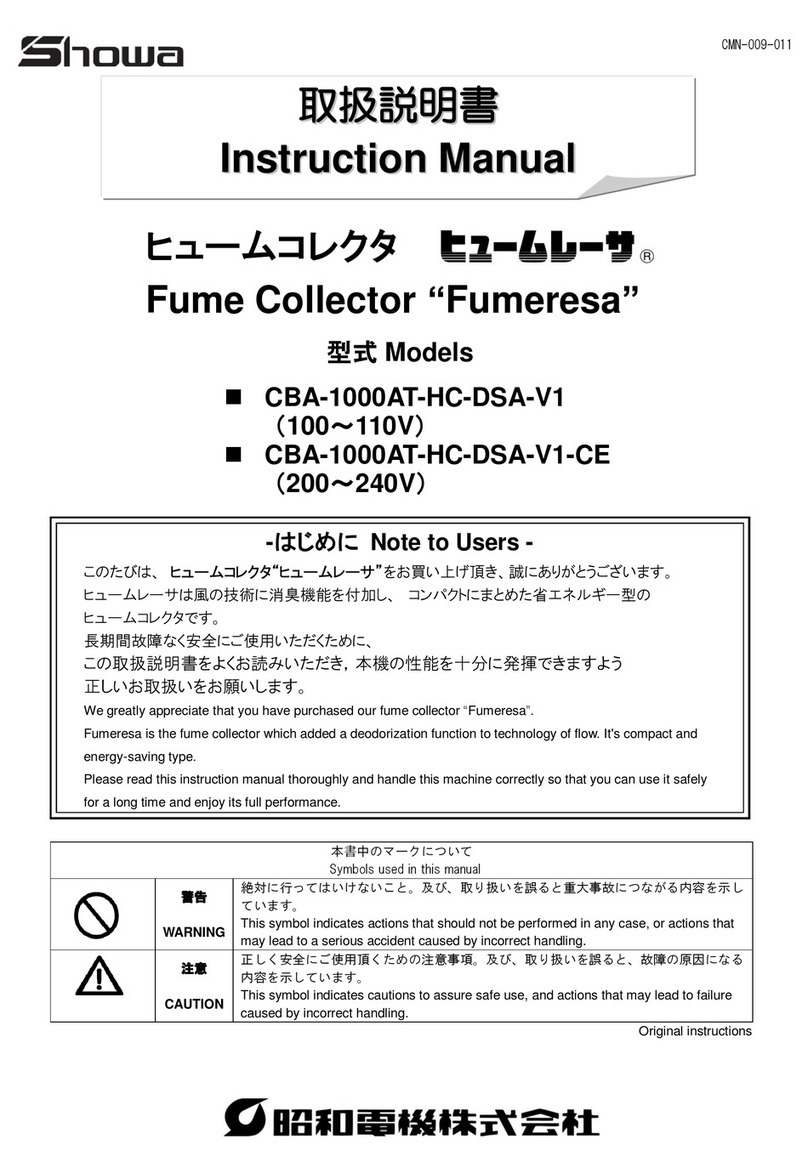
2.5 Accessories
2.5.1 Fixing accessories
Item Standard delivery Part no.
SMR1 Quick mounting frame for one portrait col-
lector. Installation on tiled roofs is feasible with the
quick fixing set SBP.
1 x collector support (top), 1 x collector sup-
port (bottom), 2 x side locking brackets, 2 x
wedges
22 13 67
SMR2 Quick mounting frame for two portrait collec-
tors. Installation on tiled roofs is feasible with the
quick fixing set SBP.
1 x collector support (top), 1 x collector sup-
port (bottom), 2 x side licking brackets, 2 x
wedges, 1 x centre anti-wind lock, 1 x angle
wedge, 1 x compensator, 2 x gaskets
22 13 68
SBP Quick fixing set for tiled roofs. 4 x roof hooks 22 13 66
SRV Quick frame connection set for joining two
quick mounting frames.
1 x centre anti-wind locks, 1 x wedge, 1 x
compensator, 2 x gaskets
22 13 69
R1 Mounting frame for one portrait collector. The
fixing sets BP, BW, BF S and BF W enable mounting
on tiled, corrugated and flat roofs, as well as on the
wall.
2 x profile rails, 4 x locking brackets, 1 set of
nuts and bolts M10
22 04 56
R2 Mounting frame for one landscape collector or
two portrait collectors. The fixing sets BP, BW, BF S
and BF W enable mounting on tiled, corrugated and
flat roofs, as well as on the wall.
2 x profile rails, 8 x locking brackets, 1 set of
nuts and bolts M10, 1 x compensator with air
vent valve, 2 x gaskets
22 04 57
BP Fixing set for mounting on a tiled roof. 2 x roof hooks, 1 x collector strip, 1 set of
nuts,
washers and bolts M10, 6 x washers
18 55 44
BW Fixing set for mounting on a corrugated roof.
2 x channel section, 2 x threaded rod M16
, 1
sets of nuts and bolts M10, 8 x nuts M16, 4 x
washers for M16, 2 x washers large, 2 x ser-
rated
washers, 1 set of nuts and bolts M6
18 56 59
BF S Fixing set for portrait mounting on flat roofs
and on walls.
1 x vertical support, 1 x horizontal support, 1
x cross support, 1 x brace, 1 set of nuts and
bolts M10, 1 set of nuts and bolts M6
18 55 43
BF W Fixing set for landscape mounting on flat roofs
and on walls.
1 x vertical support, 1 x horizontal support, 1
x cross support, 1 x brace, 1 set of nuts and
bolts M10, 1 set of nuts and bolts M6
07 43 24
RV Frame connection set for joining several mount-
ing frames in portrait installations.
2 x frame connectors, 1 set of nuts and bolts
M10, 1 x compensator with air vent valve, 2 x
gaskets
18 56 60
RV-W Frame connection set for joining several
mounting frames in landscape installations.
1 x collector strip, 2 x locking brackets, 2 x
gussets, 1 set of nuts and bolts M10
22 06 13
RA Frame support for mounting frames on tiled and
corrugated roofs.
2 x strips, 4 x pivoting bracket, 1 x brace, 1
set of nuts and bolts M10, 1 set of nuts and.
bolts M6
18 56 61
Collector strip required in connection with frame
support RA for installations on corrugated roofs.
1 x collector strip 22 01 94
2.5.2. Solar heating system accessories
Item Part no.
Corrugated stainless steel hose, as roof outlet (2 no.) 07 34 69
SOKI plus, solar compact installation 22 04 58
SOKI 6 plus, solar compact installation with integral SOM 6 plus control unit 22 04 59
SOKI 7 plus, solar compact installation with integral SOM 7 plus control unit 22 04 60
Cylinder connection set SAS SOKI for SOKI plus, SOKI 6 plus and SOKI 7 plus 22 04 63
SOKI SBK-M, solar compact installation for solar heating combi cylinder SBK 600/150 07 42 43
SOM 6 plus, temperature differential controller for one consumer 22 04 62
SOM 7 plus, temperature differential controller for two consumers 22 04 61
SOM 6/3 D, temperature differential controller for three consumers 07 32 23
SOM 8, comfort control unit 07 43 50
Collector sensor well, 1 no. per control unit 18 53 07
H -30 L, heat transfer medium, 10 litre can 07 32 21
H -30 L, heat transfer medium, 20 litre can 07 32 22
Expansion vessel, 18 litres 07 40 30
Expansion vessel, 25 litres 07 40 31
Expansion vessel, 50 litres 18 78 68
SBB 300 plus, vertical solar cylinder for DHW heating 18 78 73
SBB 400 plus, vertical solar cylinder for DHW heating 18 78 74
SBB 600 plus, vertical solar cylinder for DHW heating 18 78 75
SBK 600/150, solar heating combi cylinder 07 40 67
SBP 700 E SOL, buffer cylinder 18 54 60
SBB 400 WP SOL, vertical cylinder for DHW heating by heat pumps in conjunction with solar heat-
ing systems
18 55 21
2.6 Installation
To protect the system against frost and
corrosion, fill the solar heating system
exclusively with H -30 L or H -30 LS (section
2.13). The type-testing is limited to single
hydraulic assemblies of no more than 30
individual collectors. Larger systems require
individual approval.
Commercial systems, the open content of
which exceeds 10 litres and not more than 50
litres (6 to 30 collectors), require notification to
the relevant local authority [in Germany - check
local regulations].
Pipework installation
Use copper pipes, stainless steel pipes or cor-
rugated stainless steel pipes for the flow and
return lines.
Recommended pipe diameter
- up to 4 collectors: Ø 18 x 1
Provide all pipe runs to the building interior on
site. Ventilation tiles are recommended as roof
ducts for tiled roofs with a more severe inclina-
tion; for flat roofs and corrugated roofs with
lesser inclinations routing the pipes through
an external wall is recommended. Prevent
pipes being sawn off (swarf). We recommend
trimming pipes with pipe cutters, that avoid
the creation of swarf. Earth the pipework in
accordance with current regulations. Connect
all pipework with the building earth over the
shortest possible distance.
Solder lines
Solder lines must be brazed. For this, observe
the DVGW Code of Practice GW 2 [or local
regulations]. Use solder to DIN EN 1044: CP105
and CP203; use both without flux. Only solder
gunmetal and brass fittings with flux F-SH-1 to
DIN 8511. Other flux could compromise the cor-
rosion resistance.
Alternative lines
Seal lines made with locking ring fittings, press
fittings and corrugated hoses with suitable
sealants. Seals must be resistant to glycol and
temperatures up to 180 °C.
Roof outlet/duct
Two flexible corrugated stainless steel pipes
are used to connect the collector array with the
pipework installation. These corrugated pipes
can be fitted with flat packing gaskets and
union nuts to the collector fittings or the col-
lector sensor well. These roof outlets are fac-
tory-fitted with temperature and UV-resistant
thermal insulation.
Nominal flow rate
The nominal flow rate for a collector array
(max. 5 collectors) is 100 to 300 l/h.
All collector arrays must be connected in
parallel. The flow rate in every additional
collector array is added to the total, in a system
with 3 x 3 collectors, the flow rate would be
300 to 900 l/h.


